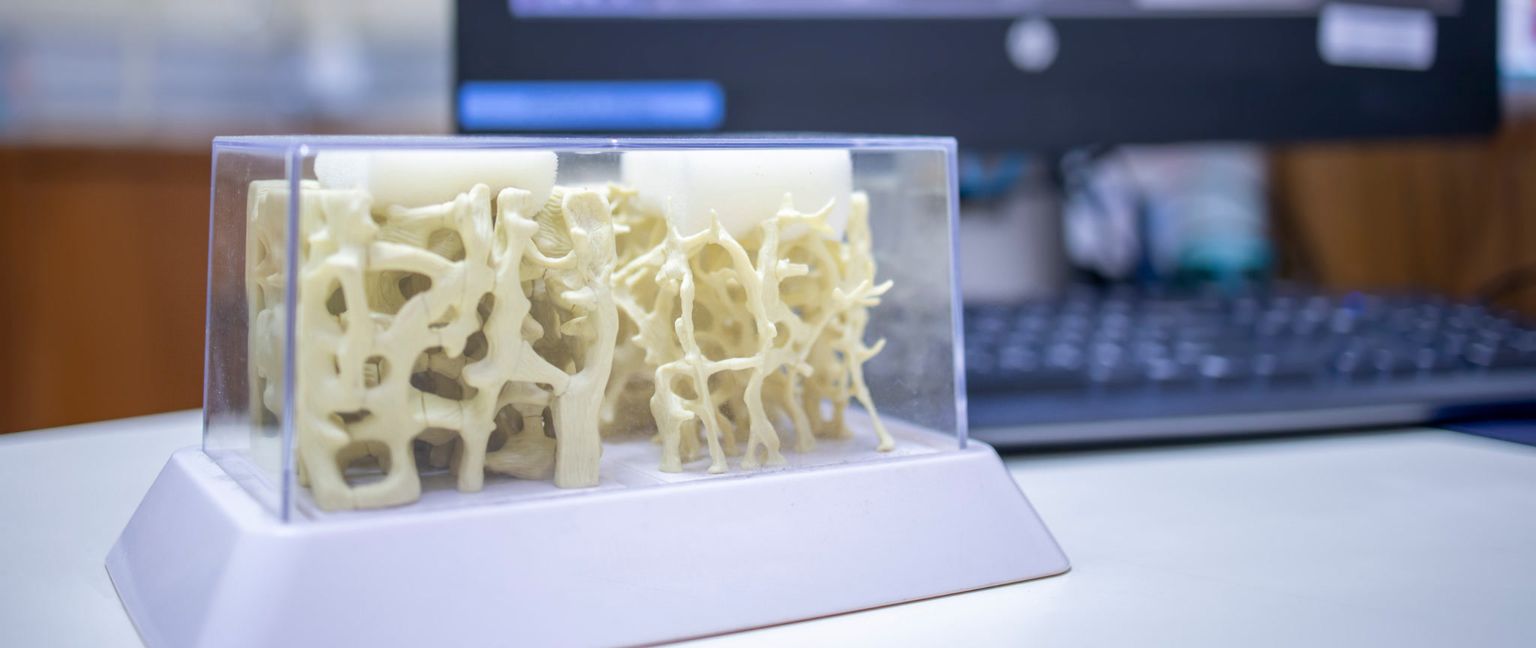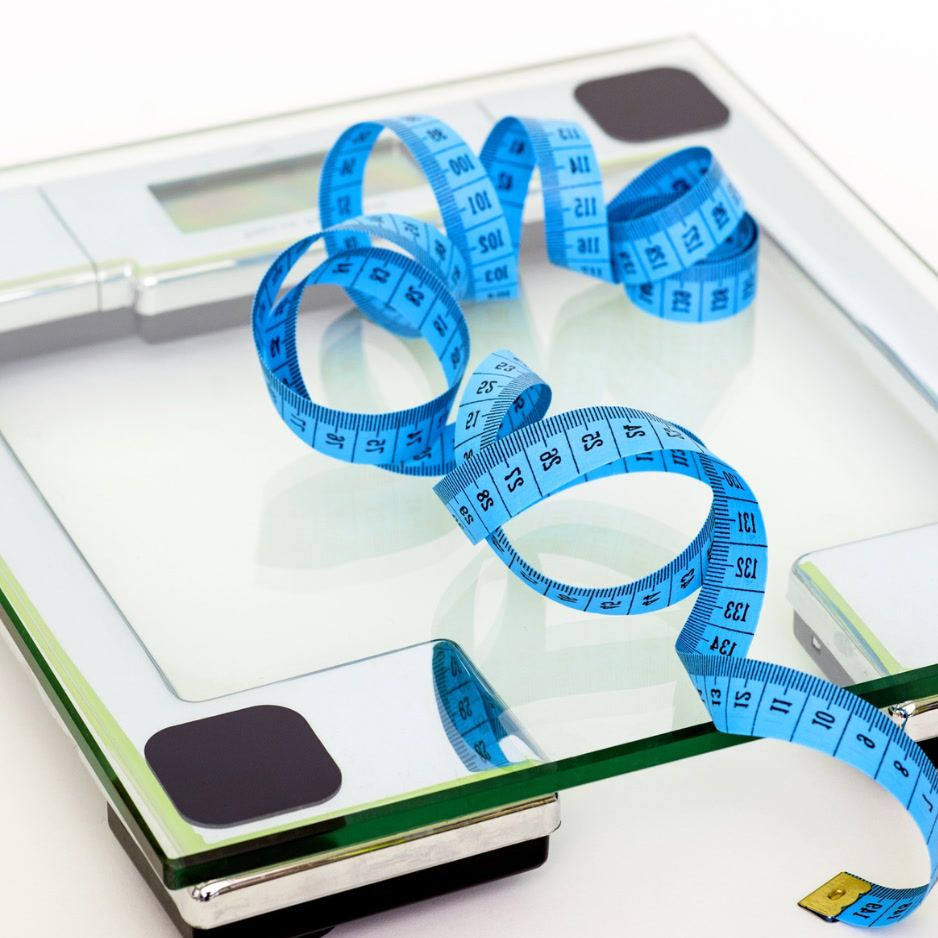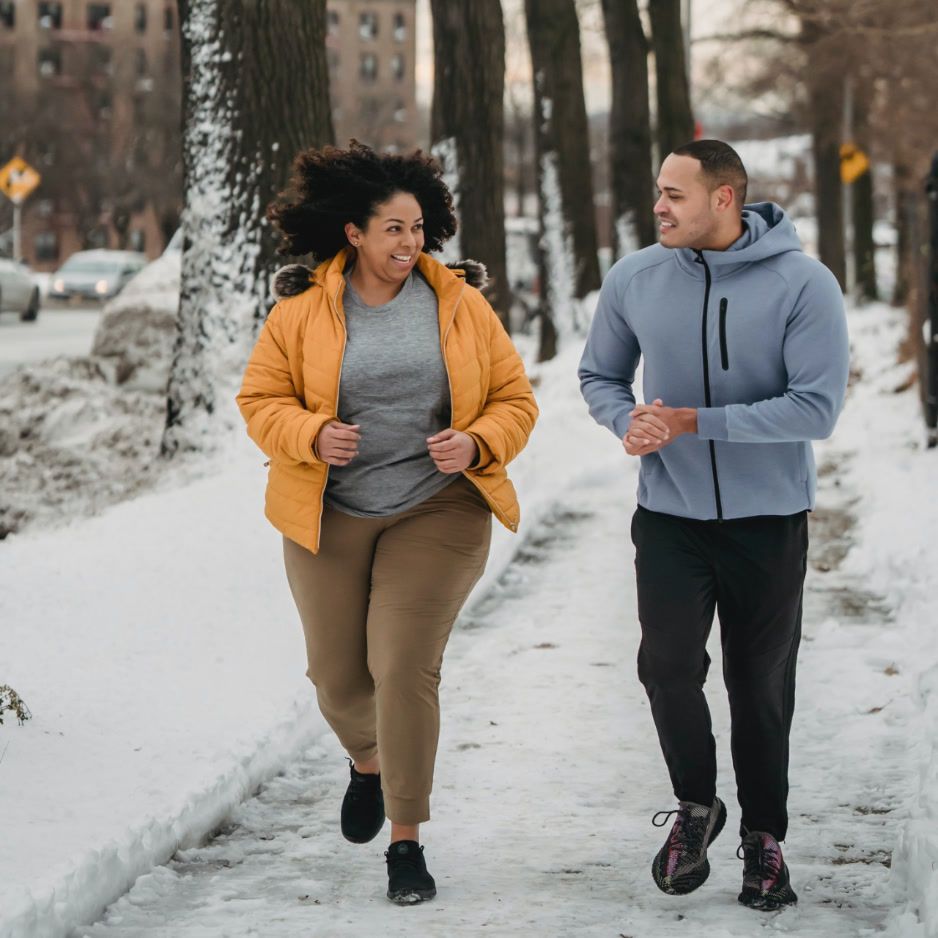A Guide to Osteopenia

Learn about osteopenia, a condition characterized by low bone density, and the associated risks by gender and age group. This informative article provides essential information on osteopenia, how it differs from osteoporosis, and the use of BodySpec DEXA Body Fat Scans to accurately identify bone density and assess osteopenia risk.
Get weekly updates.
What is Osteopenia?
Osteopenia is a condition characterized by low bone density, which makes bones weaker and more susceptible to fractures. Osteopenia is not as severe as osteoporosis, which is a more advanced stage of bone loss, but it can still increase the risk of bone fractures. Osteopenia is often a precursor to osteoporosis, and early detection is critical for preventing further bone loss and reducing the risk of fractures.
Osteopenia Risk by Gender:
Women are at a higher risk of developing osteopenia than men, primarily due to hormonal changes that occur during menopause. Estrogen plays a critical role in maintaining bone density, and when levels of estrogen decrease, bone loss can occur. Some other key factors that can increase the risk of osteopenia include:
- Age: Bone density tends to decrease as people age, increasing the risk of osteopenia and osteoporosis.
- Genetics: A family history of osteoporosis or fractures can increase the risk of osteopenia.
- Lifestyle: Smoking, alcohol consumption, and a lack of physical activity can all contribute to low bone density.
How does osteopenia risk compare across different age groups?
Osteopenia risk can vary widely across different age groups, as shown in the following table:
| Age Range | T-Score (Standard Deviations from the Average) |
|---|---|
| 20-29 | Above -1 |
| 30-39 | Above -1 |
| 40-49 | -1 to -2.5 |
| 50-59 | -1 to -2.5 |
| 60-69 | Below -2.5 |
| 70+ | Below -2.5 |
T-scores are a measure of bone density relative to the average bone density in young adults. A T-score of -1 or higher is considered normal, while a T-score between -1 and -2.5 indicates low bone density (osteopenia) and a T-score of -2.5 or lower indicates osteoporosis. As shown in the table, osteopenia risk increases with age, with individuals over the age of 50 being at the highest risk.
How do BodySpec DEXA Body Fat Scans help identify osteopenia?
BodySpec DEXA Body Fat Scans are a valuable tool for accurately measuring bone density and assessing the risk of osteopenia. These scans use a dual-energy X-ray absorptiometry (DEXA) machine to measure bone density in specific areas of the body, such as the hip and spine. By tracking changes in bone density over time, individuals can see if they are at risk of osteopenia and take steps to prevent bone loss. BodySpec DEXA Body Fat Scans can also identify areas where bone density is low, which can be helpful for targeting specific problem areas.
Article Highlights:
- Osteopenia is a condition characterized by low bone density, which increases the risk of fractures.
- Women are at a higher risk of developing osteopenia than men, primarily due to hormonal changes during menopause.
- Osteopenia risk increases with age, with individuals over the age of 50 being at the highest risk.
- BodySpec DEXA Body Fat Scans can accurately measure bone density and assess the risk of osteopenia.
Citations:
Bone Health and Osteoporosis Foundation. (n.d.). What is Osteoporosis and What Causes It? https://www.bonehealthandosteoporosis.org/patients/what-is-osteoporosis/
National Institutes of Health Osteoporosis and Related Bone Diseases National Resource Center. (2018). Osteopenia: When You Have Weak Bones, But Not Osteoporosis. https://www.bones.nih.gov/health-info/bone/osteoporosis/osteopenia
International Osteoporosis Foundation. (n.d.). Facts and Statistics. https://www.osteoporosis.foundation/facts-statistics
National Institute on Aging. (2021). Osteoporosis: The Bone Thief. https://www.nia.nih.gov/health/osteoporosis
Osteoporosis Canada. (n.d.). What is Osteopenia? https://osteoporosis.ca/about-the-disease/what-is-osteoporosis/what-is-osteopenia/
World Health Organization. (2007). Assessment of Osteoporosis at the Primary Health Care Level. https://www.who.int/chp/topics/Osteoporosis.pdf
Kanis, J. A., Melton, L. J., Christiansen, C., Johnston, C. C., & Khaltaev, N. (1994). The Diagnosis of Osteoporosis. Journal of Bone and Mineral Research, 9(8), 1137-1141. https://asbmr.onlinelibrary.wiley.com/doi/abs/10.1002/jbmr.5650090802
National Institutes of Health. (2011). Bone Density Test. https://www.niams.nih.gov/health-topics/bone-density-test
BodySpec. (n.d.). DEXA Scan. /blog/post/what_are_dexa_scans
Blake, G. M., & Fogelman, I. (2007). The role of DXA bone density scans in the diagnosis and treatment of osteoporosis. Postgraduate Medical Journal, 83(982), 509-517. https://pmj.bmj.com/content/83/982/509


